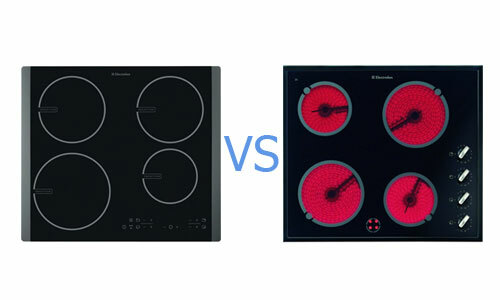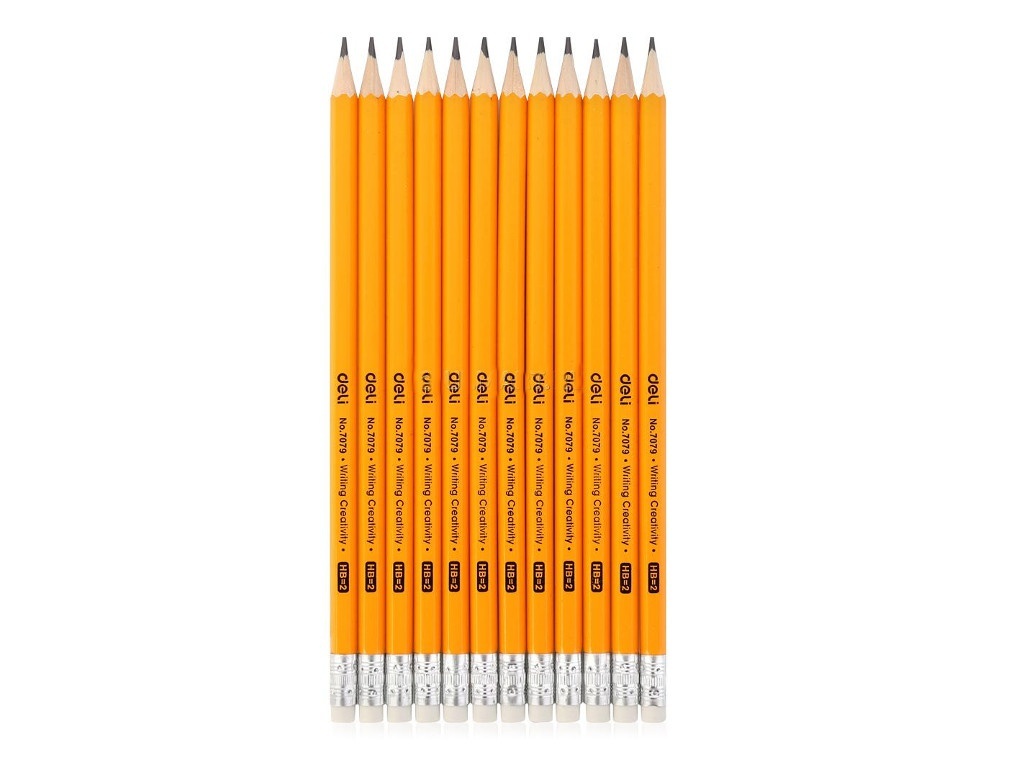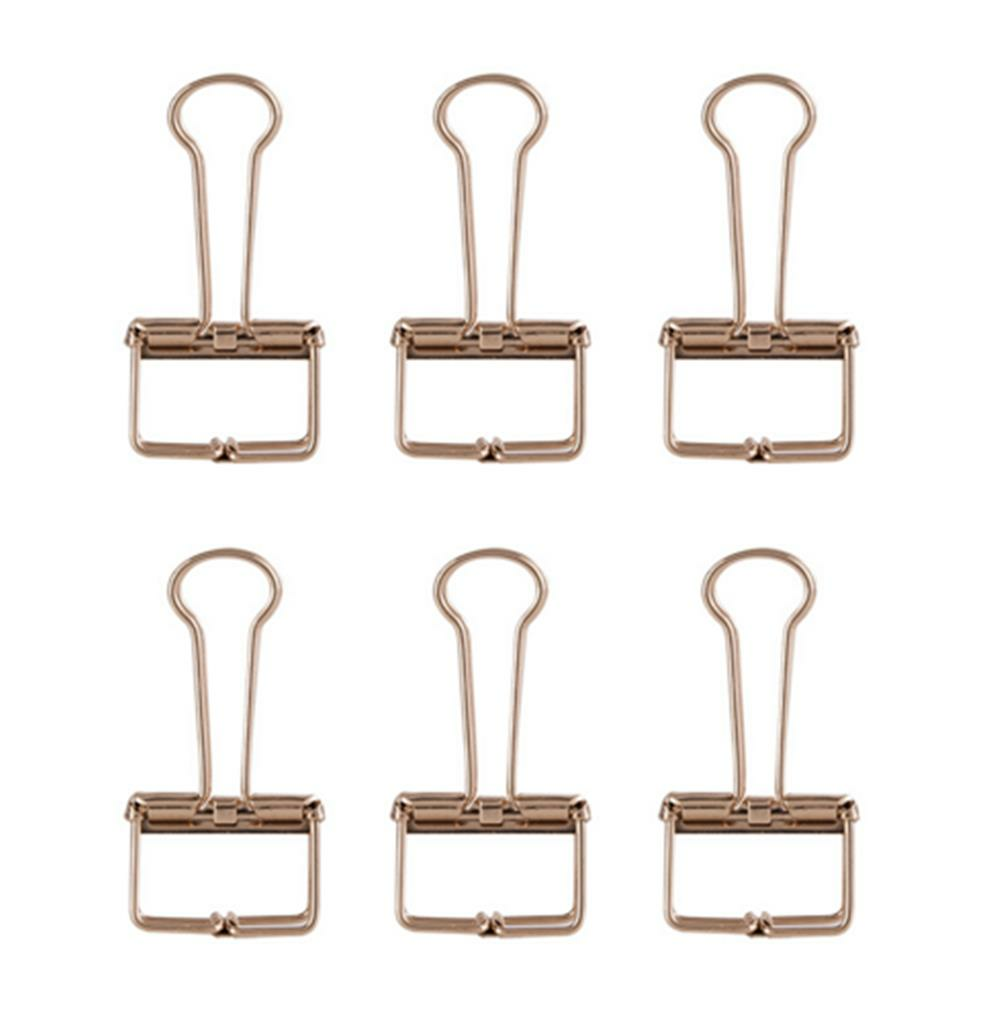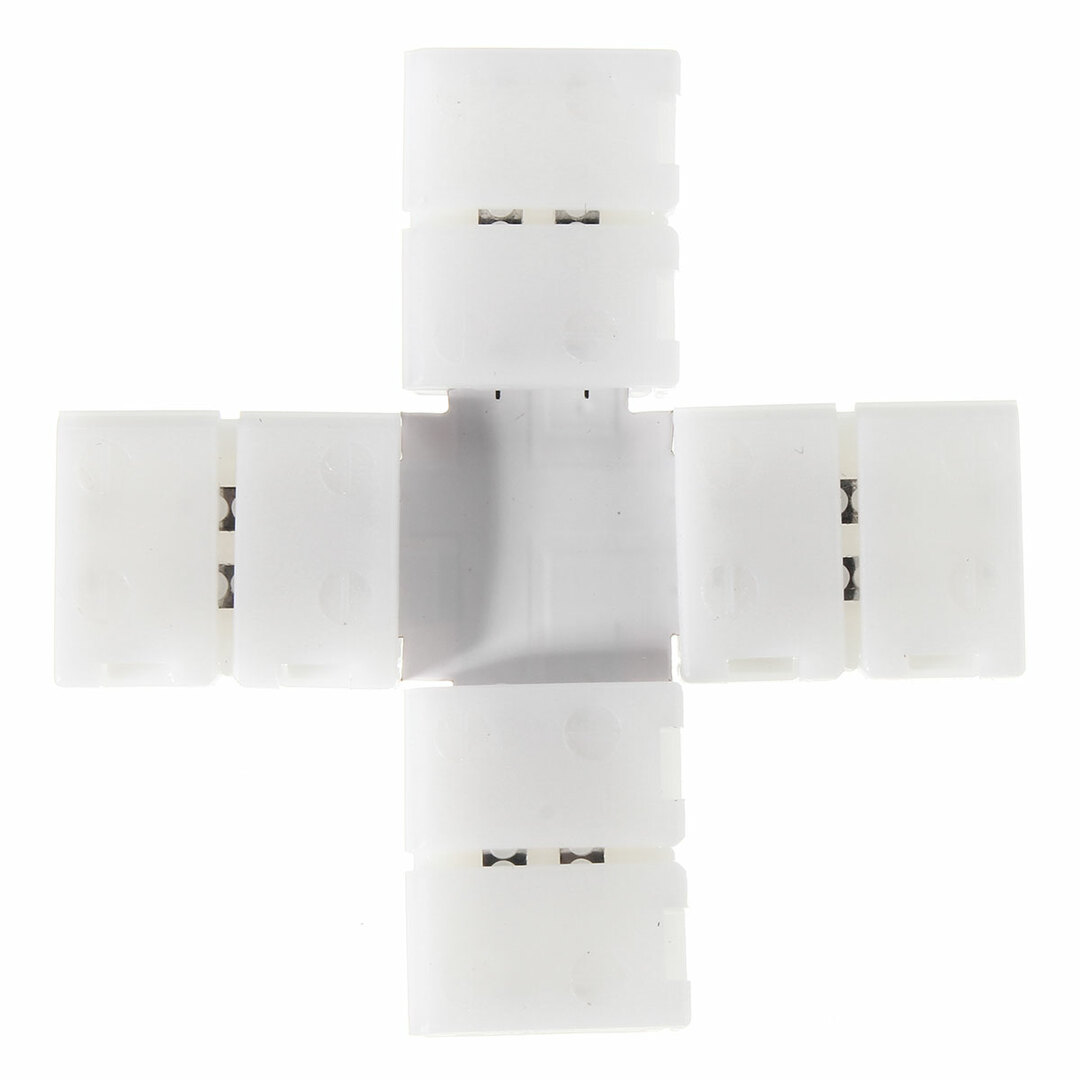The assortment of modern cooking surfaces is now so wide that it is very difficult for a person who is not versed in their constructive and functional features to make a choice.
The usual gas stoves are gradually losing ground, giving way to more technological and safe solutions. But here the question arises: which cooking surface deserves more attention - induction or glass ceramics? We will talk about the differences, advantages and disadvantages of these plates today.

The principle of the induction surface
The main feature of the induction cooker is that it heats the dishes with eddy currents. Her work can be compared to the work of a transformer. When the primary winding receives a current, the secondary winding produces an induction current.
In the role of the primary winding in the induction hob serves a hotplate, and as a secondary - a metal pan. For cooking on such a plate only metal dishes are used, but glass or ceramic pans will not work on it.
The main advantages of induction surfaces
First of all, the induction cooker is characterized by the highest level of safety. Firstly, its surface can not be burned when preparing food, becauseit does not warm up. Secondly, the hotplate "cooperates" only with metal utensils of the appropriate diameter, and it will not react to other objects, spilled liquid or food. Thirdly, the induction surface is completely fireproof.
Another advantage of this technology is the high economy due to the heating rate. On the induction hob, the liquid will boil twice as fast as on the glass-ceramic plate, and three times - than on the gas.
Characteristics of glass ceramic hob
Glass ceramics are characterized by increased resistance to very high temperatures. Such a surface easily withstands heating up to + 600 ° C, and if, for example, a piece of ice gets on a heated burner, then there will not be a "temperature shock".
In addition, glass-ceramic plates have anisotropic thermal conductivity - this means that the zone next to the heated hotplate will not be hot, therefore, it is impossible to burn accidentally. It should also be noted that on such plates it is possible to cook in dishes of any materials.
Vulnerabilities of glass-ceramic surfaces
Despite the obvious advantages, glass ceramics has some drawbacks. For example, such surfaces are "afraid" of point shocks and small scratches. They do not tolerate constant mechanical stress and repeated heating of the dirty surface. Therefore, glass-ceramic plates require careful handling and special care.
All induction and glass ceramic hobs are stylish design, so they can decorate any kitchen. However, as can be seen, their technical capabilities and the principle of operation are very different. Having evaluated all the positive and negative aspects of both variants, it should be recognized that induction plates deserve more attention, becausethey are more safe, economical and practical.



